Frequency Spectrum
When two sounds compete for the same frequencies, a phenomenon called Masking happens. This means that you will only hear the loudest element at those frequencies.
To avoid too much masking, you can:
- Choose complementary sounds (using sounds that naturally overlap very little)
- Transpose sounds to a lower or higher pitch on the keyboard to get out of the way of the other elements.
- Open or close filters to take or make space.
- Use Equalizers to cut out space in elements to make space for other elements.
-
Cleaning the lows, by high passing elements to remove unwanted low rumbles.
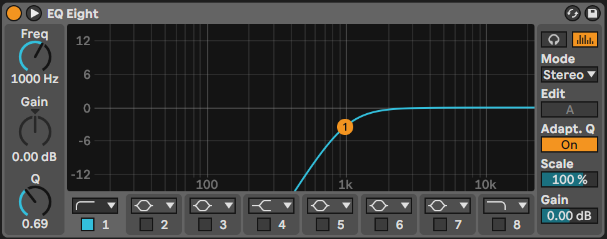
-
Tilting the sounds, by using low shelves and high shelves to darken or brighten a sound.
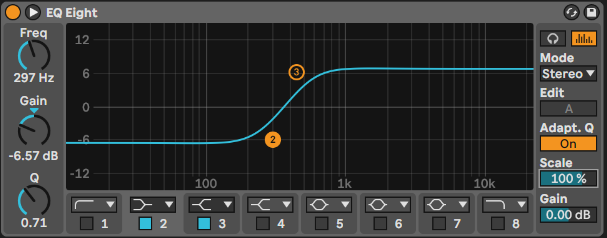
-
Puzzling the sound, by we can cut the main frequencies of one element in another element, making space for the first element.
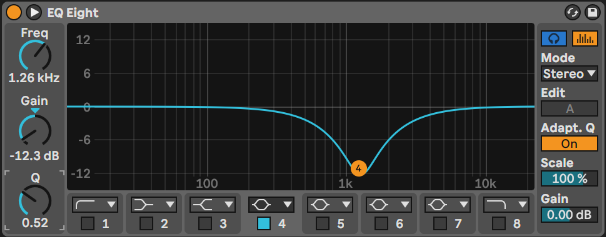
-
- Use Saturation to create more harmonics of sounds, making them brighter or darker.
-
Creating harmonics on a sine wave.
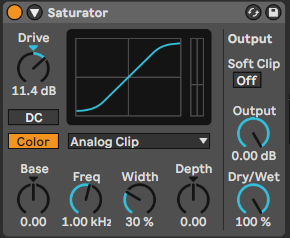
-
Distorting sounds brutally with extreme saturation, changing the “attitude” of the sound for a more aggressive timbre.
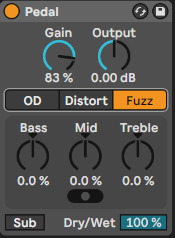
-
NOTE
Equalization enables you to boost or cut what already exists in the sound. Saturation allows you to create harmonics that didn’t exist in the original signal.
Relevant Note(s):